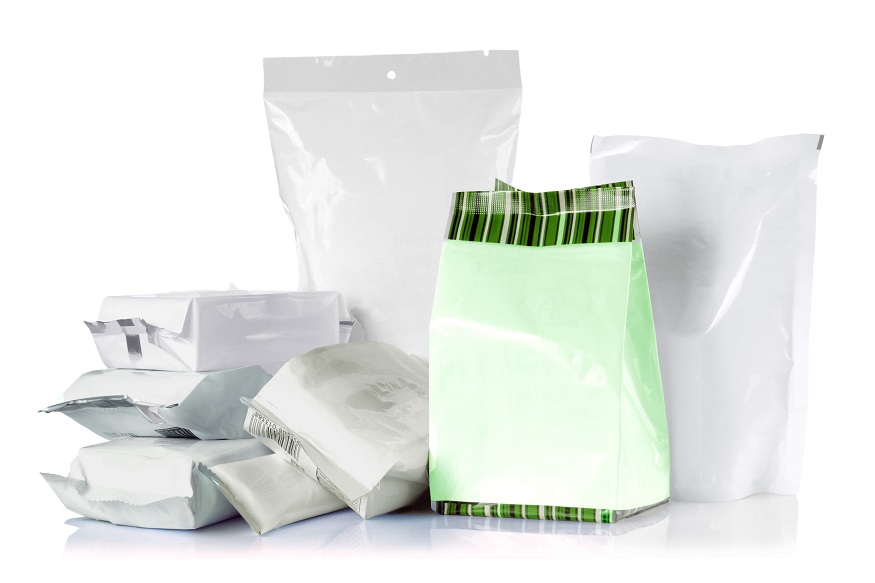The Benefits of Flexible Packaging: Sustainable and Green Packaging Solutions
Many manufacturers and retailers are starting to understand the benefits of flexible packaging. By 2020, the global market for flexible packaging is expected to grow at a significant CAGR of more than 10% until 2025. The key reason manufacturers and retailers choose flexible packaging over other types of packaging is that it offers several advantages over traditional packaging. The main benefit of using flexible packaging is reducing the storage space needed for products. Suppose you’re looking for sustainable and green packaging solutions. In that case, you should consider using paper-based or cross-laminated paper (CLP) instead of rigid packages such as cardboard boxes and plastic bottles.
Read on to learn about the benefits of using flexible packaging manufacturer compared to other traditional types.
Environment-Friendly Packaging
One of the main advantages of using flexible packaging is that it is environment-friendly. When you store products in boxes, bags, or another rigid packaging, you’re leaving a lot of unnecessary waste behind. For example, a cardboard box made of 30% recycled paper can weigh between 12 and 18 pounds depending on the quality of the cardboard. This means you’re wasting a lot of cardboard and transporting a lot of excess paper and weight with every shipment. Using paper-based or CLP in place of boxes and bottles can reduce the amount of cardboard and plastic waste by a significant percentage.
Economical Packaging
Another benefit of using flexible packaging is that it is economical. Regardless of how much or how little your products weight, you can always find a way to ship them using either rigid or flexible packaging. But using paper-based or CLP in place of boxes and bottles can save you both money and space. It’s important to note that it costs more to ship smaller and lighter products using expensive air freight services. But for products that typically weigh less than 2kg, many shipping carriers can offer better shipping rates.
Flexible And Durable Packaging
The most important benefit of using flexible packaging is that it is durable. When you use rigid packaging, it’s easy to damage items. You don’t have to worry about this if you use paper-based or CLP in place of packages. When you ship products using flexible packaging solutions, they are prone to getting bent or wrinkled while in transit. This can happen if the packaging isn’t sturdy enough, or if the products are too heavy to be contained in the packaging. With paper-based or CLP-based packaging, the only damage that you need to worry about is a torn seal.
Improved Product Appearance
One of the main advantages of flexible packaging is that it can enhance product appearance. By using a flexible package, you can make the product look more appealing. There are also benefits to flexible packaging when it comes to safety. For example, products packed into a flexible container are less likely to break and cause injury. When it comes to safety, there are many advantages to flexible packaging. It can be safer than rigid packages because they can shift around and protect against impacts during shipment. Additionally, they are more likely to stay closed when containers are dropped or when items move around in transit vans and so forth. As you can see, there are many advantages for flexible packaging.
Secure And Hassle-Free Shipping
Another benefit of using flexible packaging is that it is secure and hassle-free for both customers and carriers. With traditional packaging, both the customers and carriers need to take extra precautions to protect the products from being damaged or stolen. For example, if you ship products using cardboard boxes or plastic bags, you need to tape or seal them to ensure that they don’t get stolen. Using paper-based or CLP in place of boxes and bottles can eliminate the need for customers to tape or seal the packaging.
Durable And Sturdy
Another major benefit of paper-based packaging is that it is durable and sturdy. Paper-based products can be easily designed to withstand several hazards, including moisture, humidity, and extreme temperatures. Rigid packaging, on the other hand, is usually designed to be lightweight and flimsy. This makes it vulnerable to damage when it encounters hazards such as moisture, humidity, or extreme temperatures. Many manufacturers and retailers are now replacing traditional rigid packaging with paper-based products, which helps reduce waste and increase their sustainability ratings. Paper-based products are also completely recyclable, which makes them environmentally friendly and also reduces manufacturing waste.
Quick to Ship
Many manufacturers and retailers are also switching to paper-based packaging because it is very quick to ship. This is a significant advantage because some retailers are increasingly expected to ship products within 24 hours and 7 days a week. To meet these shipping requirements, manufacturers have been forced to use rigid packaging, which can be time-consuming and expensive. With paper-based packaging, however, it’s possible to print shipping labels at the same time as the labels for the packaging itself.
This helps avoid delays and potential mistakes that could cause delays or run late for customers. Paper-based products can also be printed with tracking numbers and other relevant information to help customers track their orders. This can help suppliers and manufacturers quickly locate orders and locate and correct shipping issues, such as incorrect addresses or wrong product information.
Health Benefits of Flexible Packaging
Another benefit of using flexible packaging is that it is good for the health of your customers. Many customers are willing to accept a lower quality of service if they know that they’re consuming harmful chemicals while they’re shopping. To buy white paper bags in place of boxes and bottles can reduce the health risks associated with consuming harmful chemicals because all products will be shipped using paper.
Conclusion
Flexible packaging is a great option for many manufacturers and retailers looking for sustainable and green packaging solutions. Paper-based products are completely recyclable, flexible, quick to ship, durable, sturdy, and reusable. They are also lightweight, which makes paper-based products a more cost-effective option than other types of packaging. Although paper-based products have several benefits, they do have some drawbacks as well, including not completely recyclable, being not completely recyclable, being easily damaged and destroyed, and being lightweight.
Infographic provided by Eagle Flexible Packaging, a stand up pouch provider


